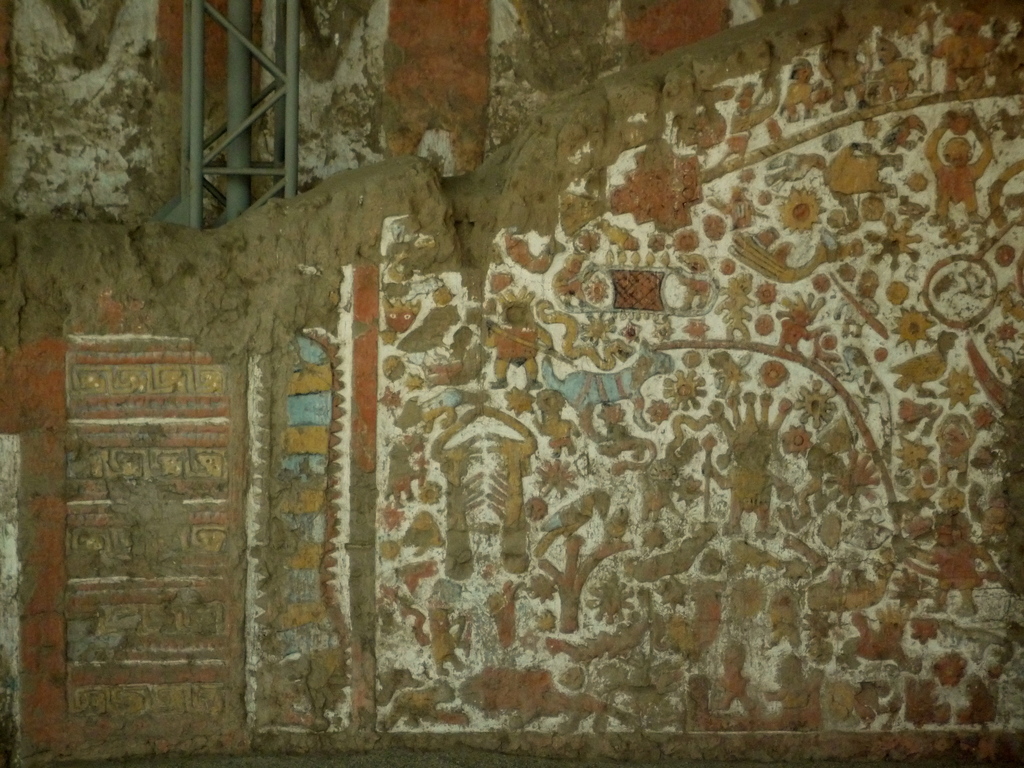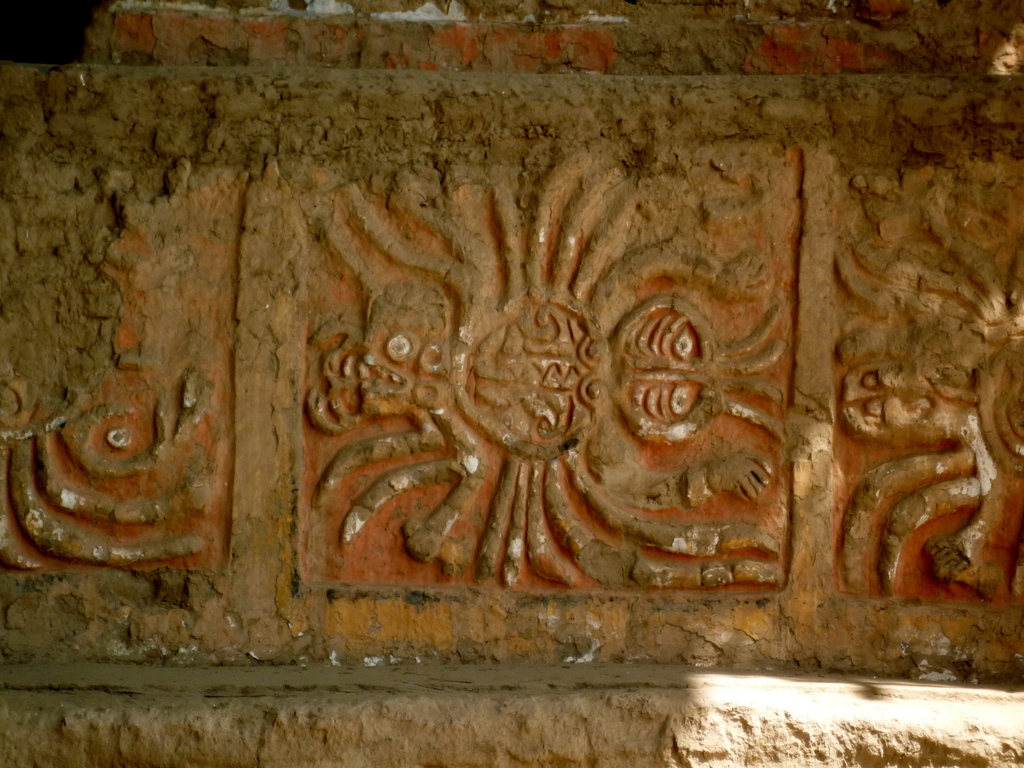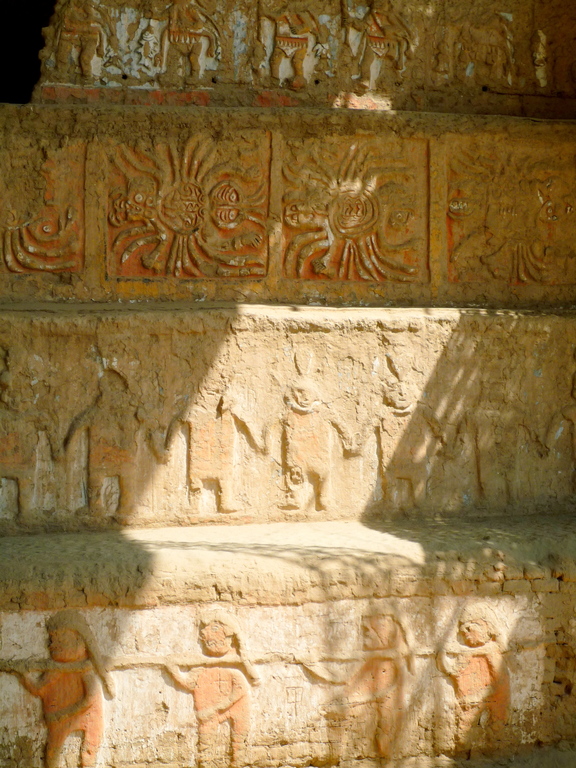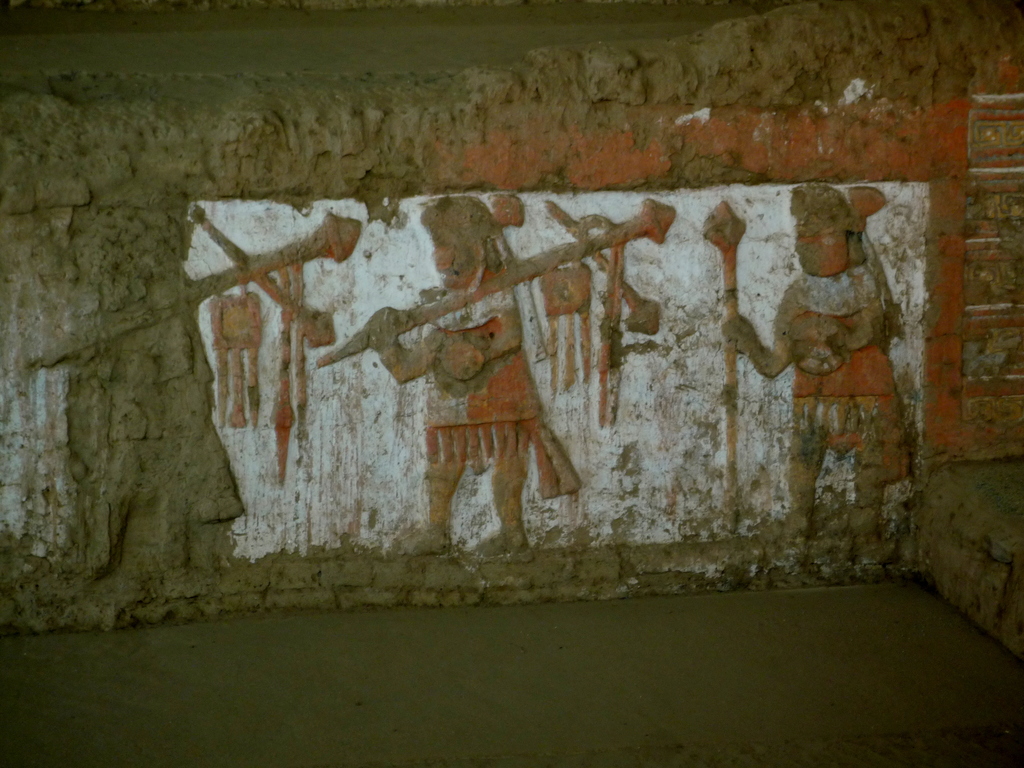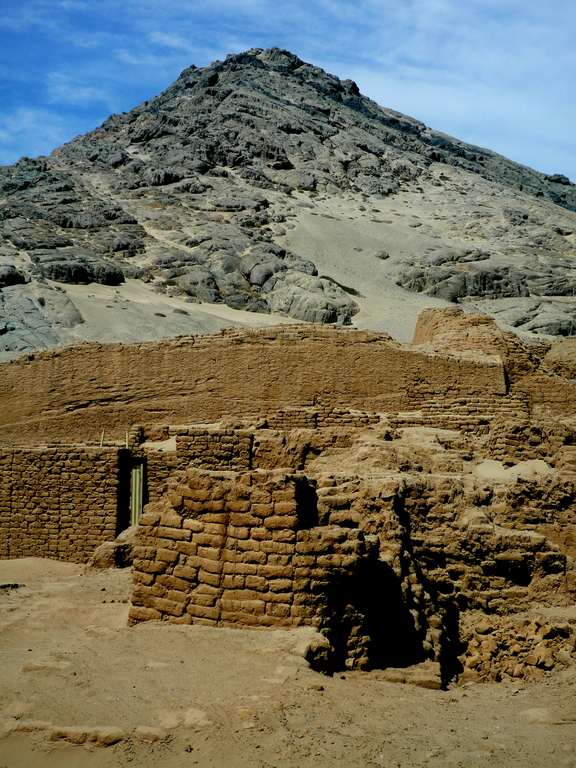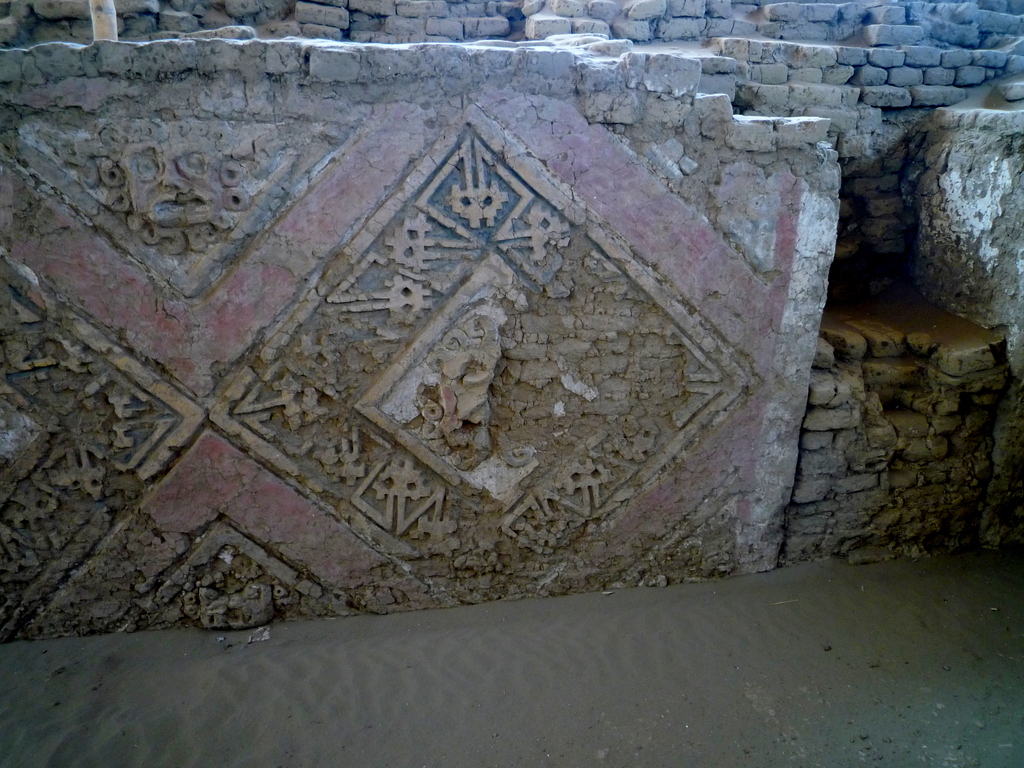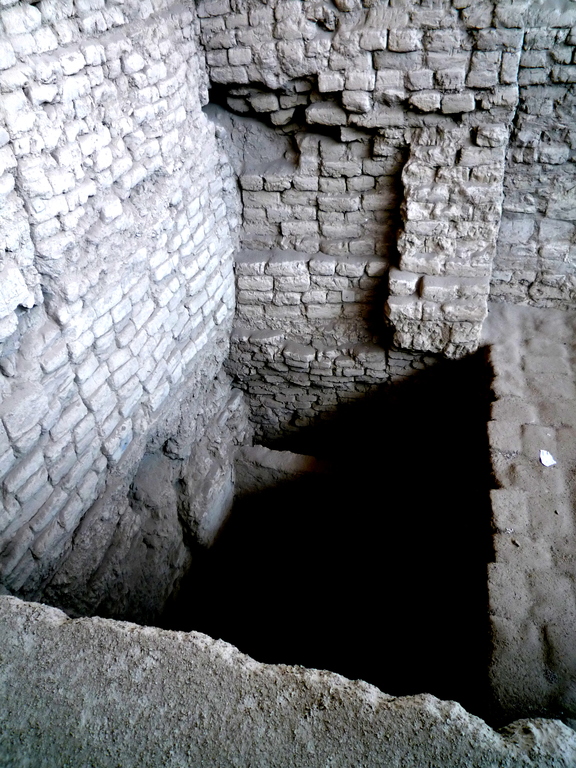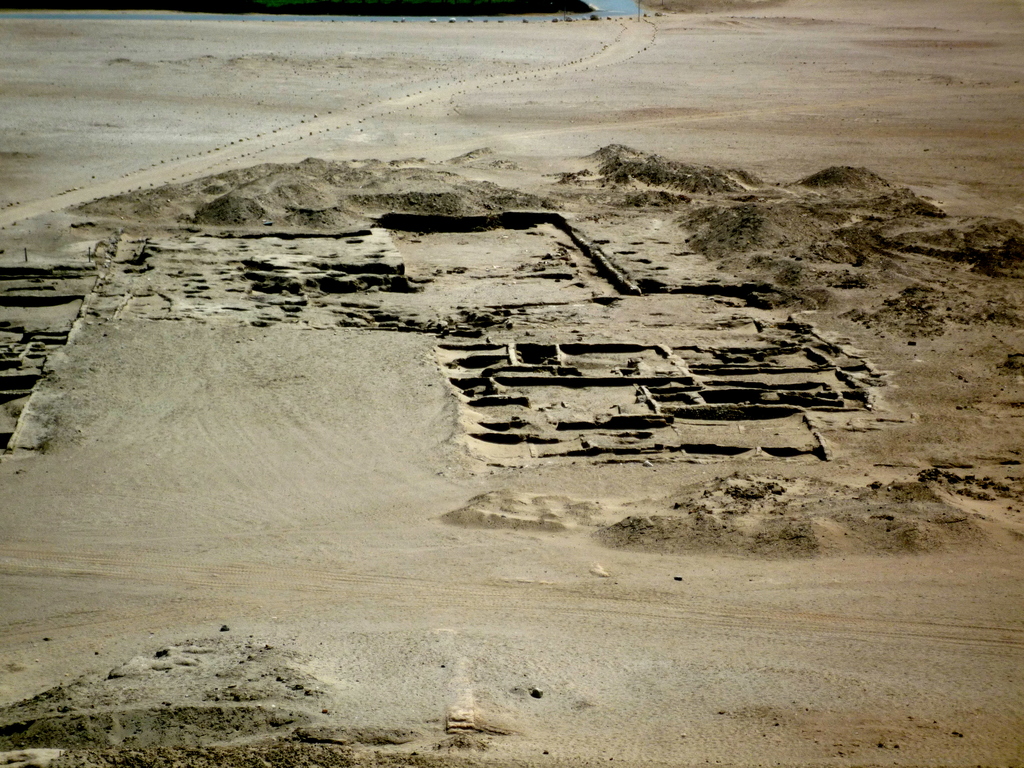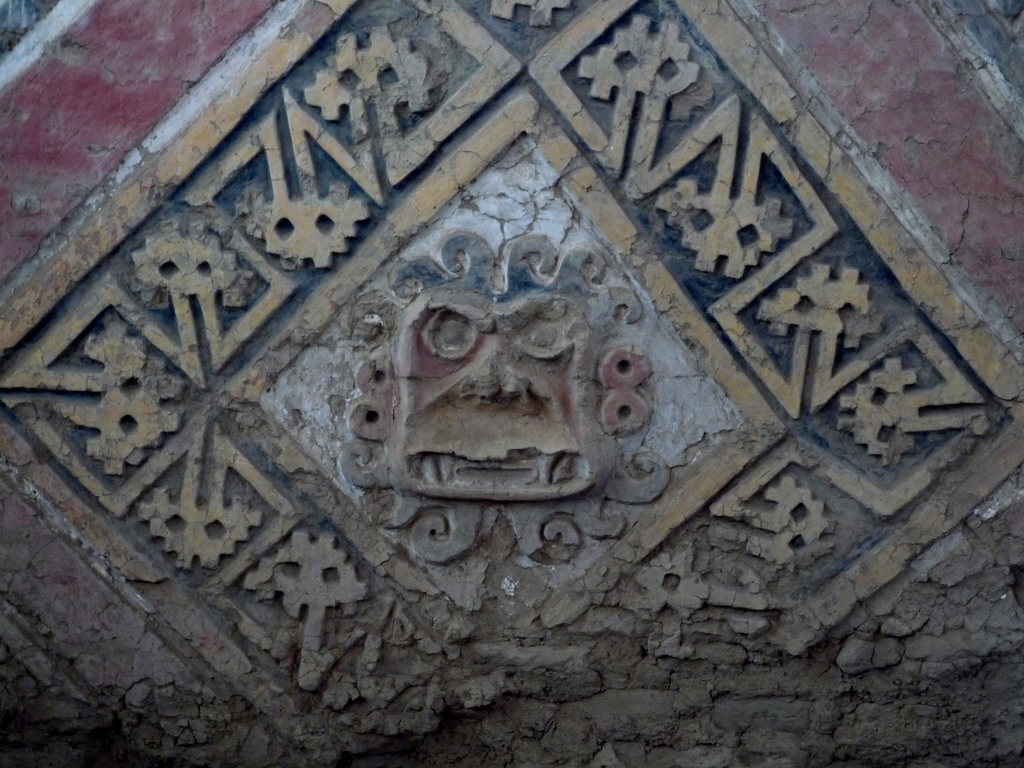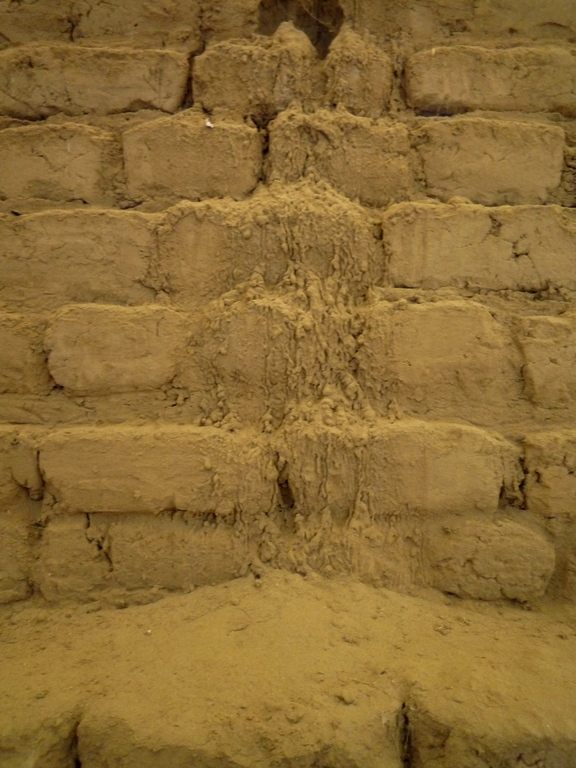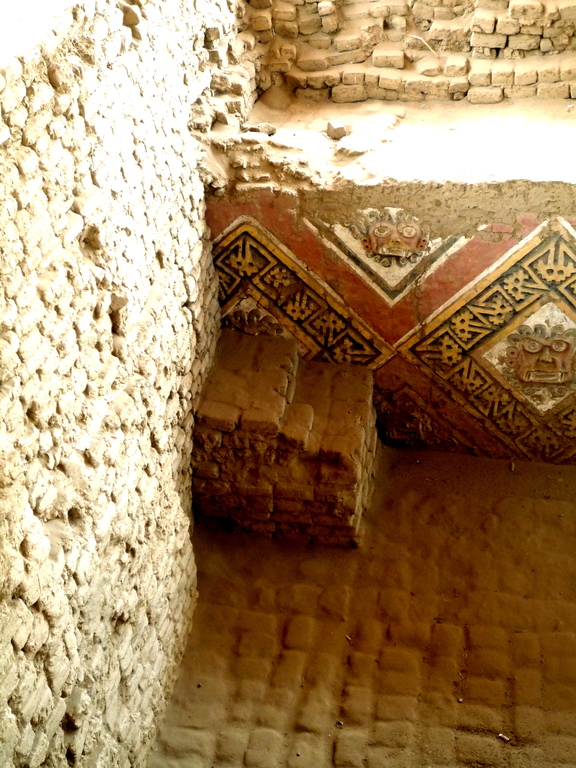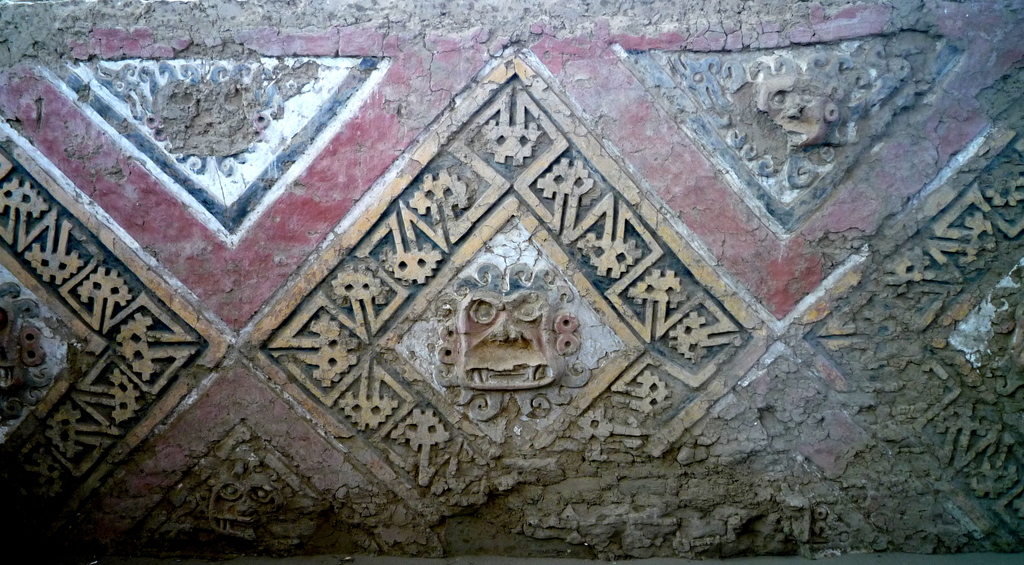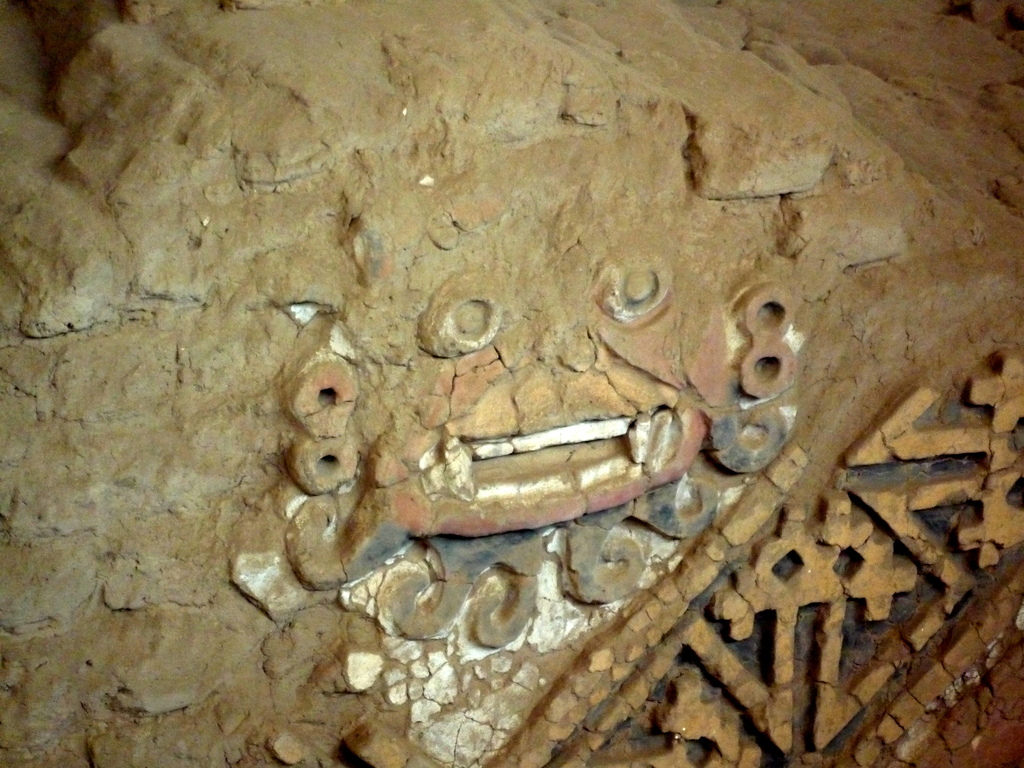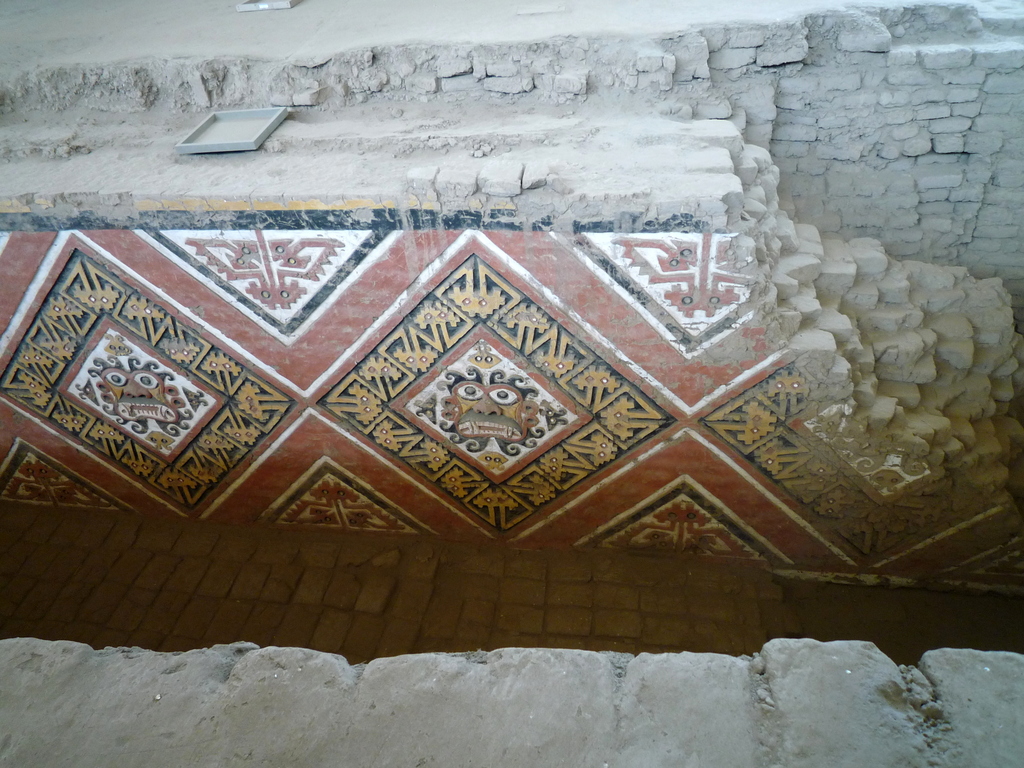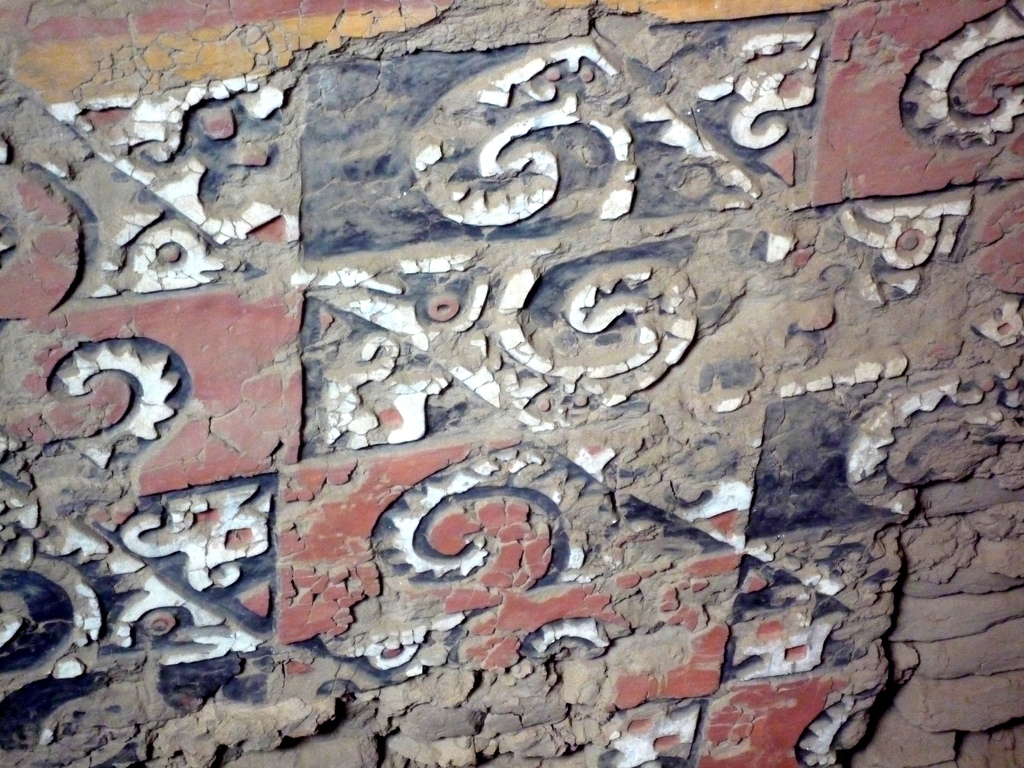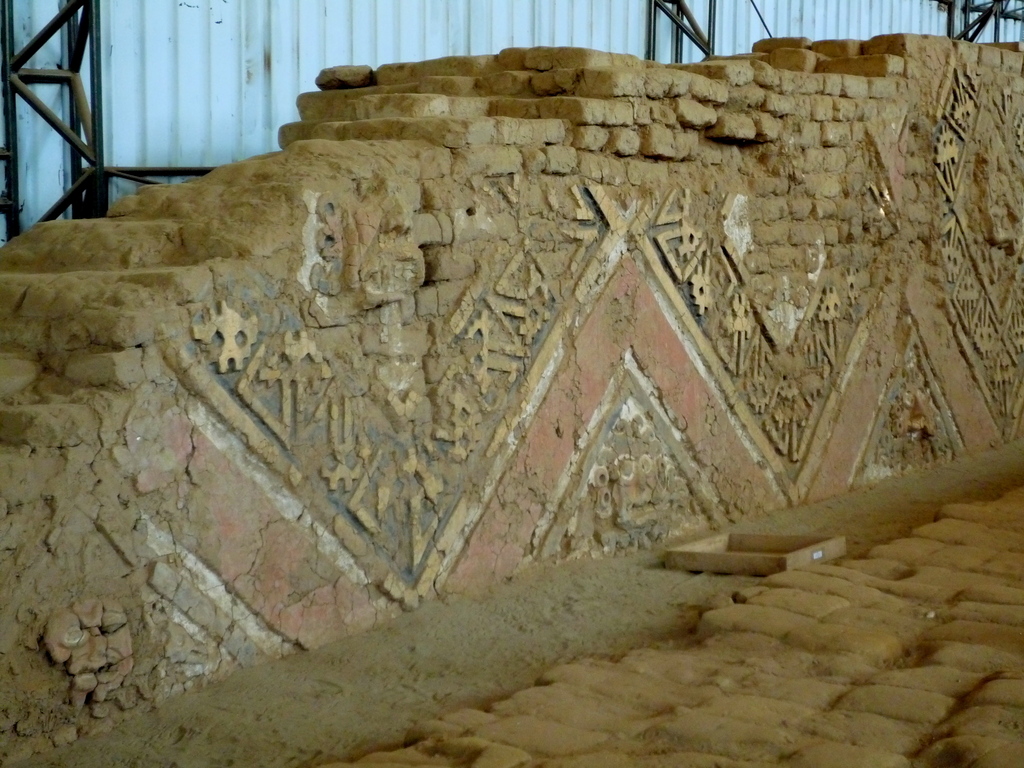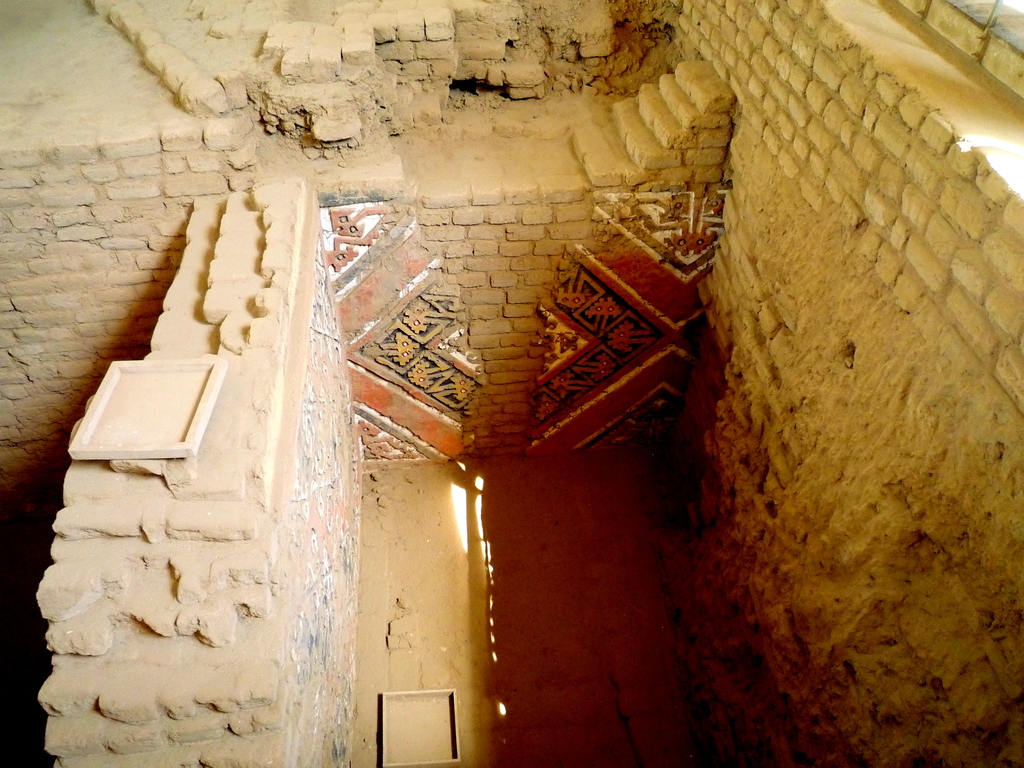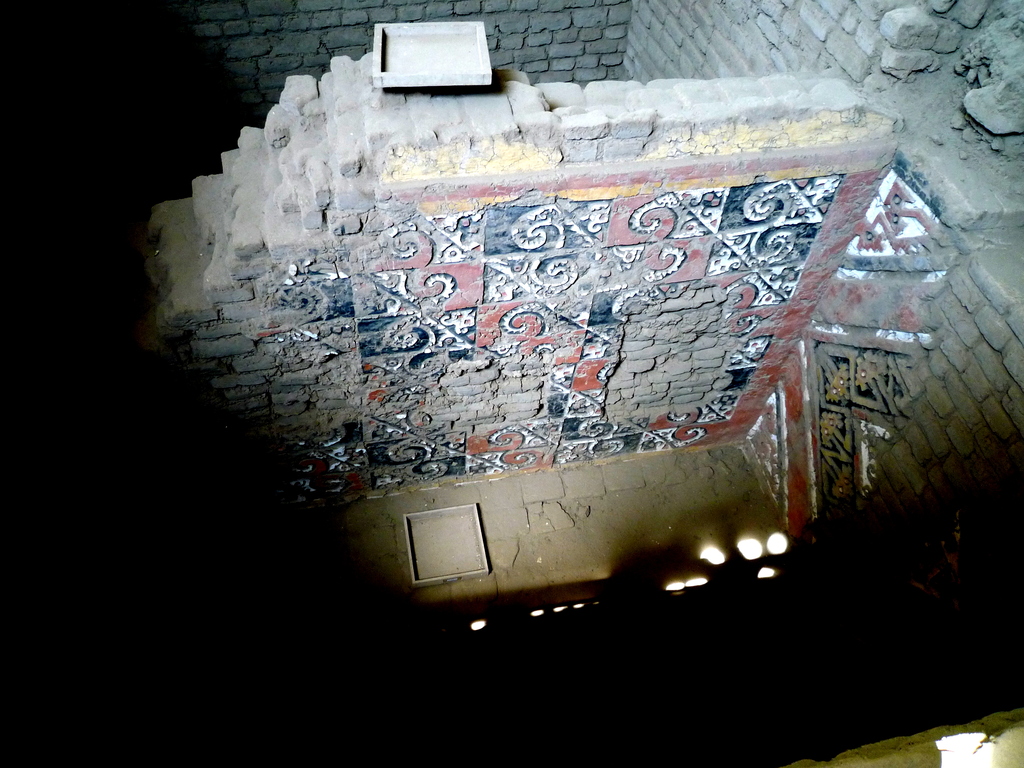South American culture is one that is probably the most uniquely foreign to me. My US grade school education tended to focus more on the period after the Spaniards made their way onto the continent, and not really making mention of the fact that said Spaniards effectively decimated a thriving population and culture. During college my interest was more focused on Asia, so when I made my first foray into South America, not only to visit but to set up residence, I was still not entirely familiar with the ancient culture of this part of the world, short of Machu Picchu, which is hundreds of miles from Huanchaco, where I live.
is one that is probably the most uniquely foreign to me. My US grade school education tended to focus more on the period after the Spaniards made their way onto the continent, and not really making mention of the fact that said Spaniards effectively decimated a thriving population and culture. During college my interest was more focused on Asia, so when I made my first foray into South America, not only to visit but to set up residence, I was still not entirely familiar with the ancient culture of this part of the world, short of Machu Picchu, which is hundreds of miles from Huanchaco, where I live.
However, I was delighted to find that within miles of my home are a great number of ancient archaeological sites thought to be among the best in Peru, if not in all of South America. A local archaeologist suggested that Huaca de la Luna (Temple of the Moon) should be the start of what I hope is a complete investigation of the wonders that surround me.
A brief history of Huaca de la Luna is in order here… It, along with Huaca del Sol comprises the total of an ancient city known as Huacas de Moche, the capital of the ancient Moche culture. Huaca del Sol was more of the seat of the government and Huaca de la Luna served more as a religious, ceremonial, and burial temple. The valley between the two structures housed the finest of the city’s artisans, craftspeople, and shamans. The rest of the population, mainly farmers, would have lived just outside the valley. The Moche people thrived in this area between 100CE and 800CE, and many scholars surmise that a particularly destructive El Niño weather pattern could have decimated their structures and way of life.
The temple complex also houses an exquisite museum displaying treasures unearthed from both temples. Delicate pottery and statuary, intricate woven materials, gold worked into various shapes for ceremonial and decorative purposes, headdresses consisting of feathers from jungle birds, indicating trading with Peruvian jungle cultures, and partially intact skeletons. Unfortunately, photos were not allowed in the museum, which I understand, but disappointed me nonetheless. These artifacts are so beautiful, and so expertly restored that I’d have loved nothing more than to have a photo of each one.
We then trekked up a small hill to enter the temple itself. Much of it is roped off, and preservation work is still being done, and Temple of the Sun is completely off limits for the same reason. It is very hard to put into words what it feels like to enter an active archaeological dig. Not so much an Indiana Jones kind of feeling, but more of one of reverence, almost as if I shouldn’t be there at all, as if my credentials simply don’t measure up.
As you climb up and down staircases, gaze into burial pits, look at perfectly mortared adobe brick walls still covered in vivid paintings, it’s impossible not to imagine what happened here… mainly worshipping and killing. And it’s incredible.
Once you reach the top of the structure, you gaze out at the sweeping vista of the Moche valley and the Temple of the Sun in the distance. Some walls of the structures that once covered that valley are still standing, but for the most part, it’s hard not to picture an entire city, doing the things we all do every day.
Of course, as we all know, most of the treasure of the Moche people was eventually looted by the Spaniards, and 70% of what has been recovered since the excavation began is now in private collection. Perhaps you can see some of it in a museum in your part of the world. However, I’d rather you come to Huanchaco and see it for yourself.

